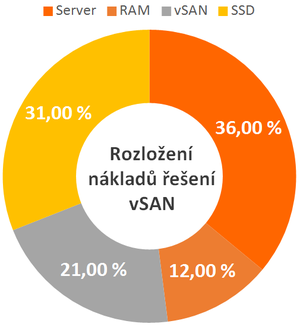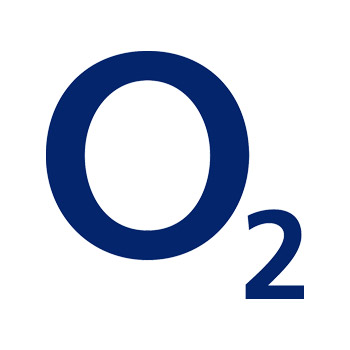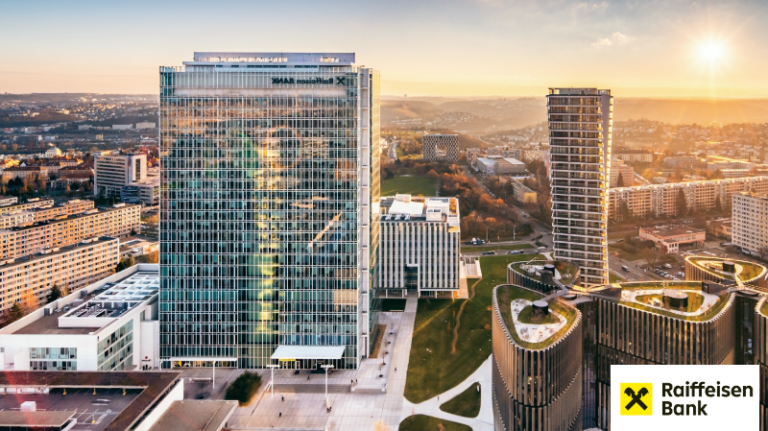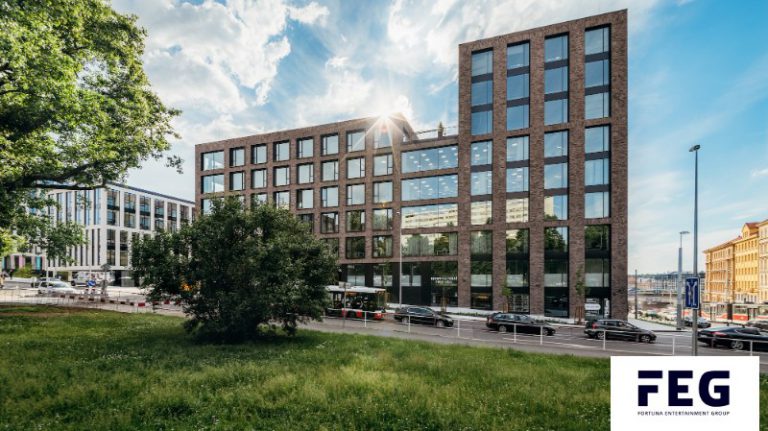If a decision needs to be made on how to consolidate the data centre of a telecommunications giant that operates nearly eight million mobile and fixed lines, provides internet connections and operates digital TV broadcasting, you need really a lot of information, experience and courage. This case study is about one such decision.
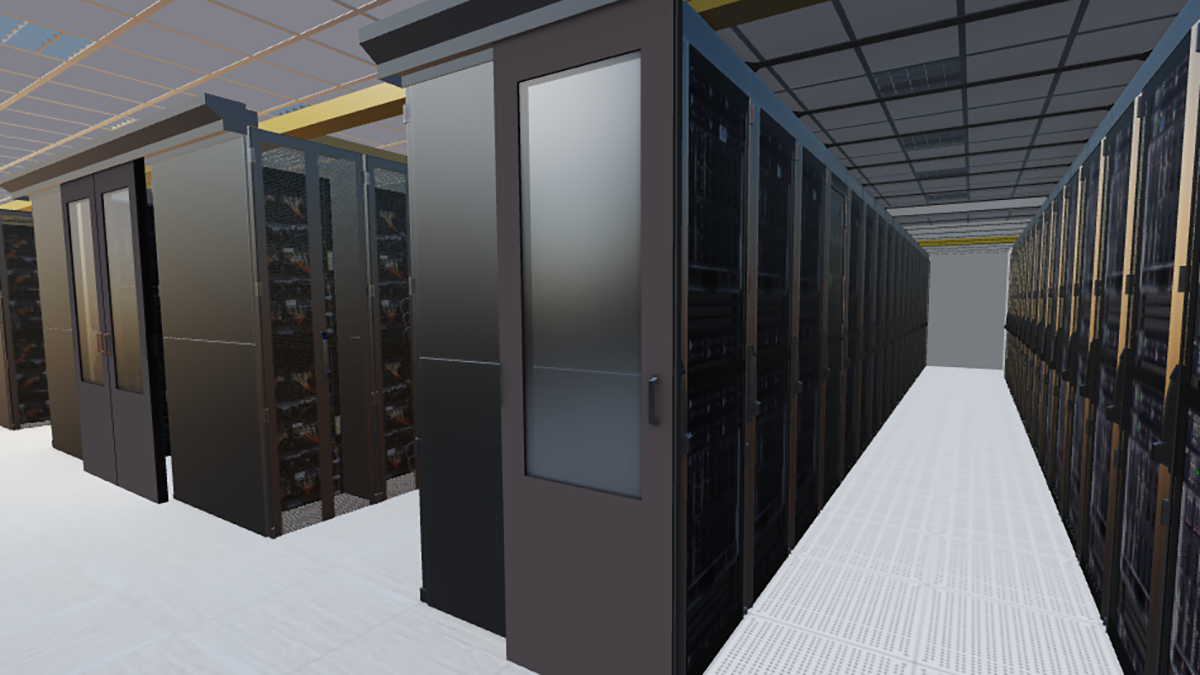
AN ARCHITECT IS BEING SOUGHT. ACTUALLY, NOT ANYMORE.
Infrastructure spread across multiple sites, different hardware ages and running on different platforms. In such a situation, when it came toO2 moving the network datacenter (NTWDC) to a modern new building was on the agenda, we couldn't miss it to clean up and optimize.
The key question of the consolidation project was obvious: What should the architecture of the new NTW DC look like? However, we needed more answers: can the NTWDC operation be linked with the current internal IT systems, whose migration has already been carried out earlier? Can we ensure a virtually fail-safe migration of systems that are key to running the services?
When deciding which external supplier to commission to find the answers, O2 were fortunately clear. A positive experience decidedthat the company had with us from the previous year. The project implemented at that time Moreover, it was based on similar needs as the current project.
THERE IS NO DATACENTER LIKE A DATACENTER
Network datacentre (or datacentre for mobile and fixed network management) differs from a classical IT datacentre by the interconnection of application units with hardware that controls the actual operation of networks and value-added services (e.g. O2 TV). Specific technical support is provided by companies such as Nokia, Ericsson, etc., and it is therefore difficult to virtualise these datacentres or arbitrarily change their configuration. Operational failures of NTW DCs have to be solved within tens of seconds.
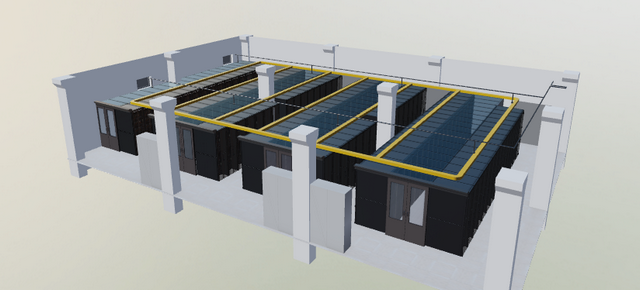
INFORMATION THERE IS NEVER WE HAVE ENOUGH
We have consistently managed the entire project ORBIT methodology 160+. In the case of infrastructure change, it includes in particular a detailed analysis of the applications, their operation and support options.
It took approximately four months to measure the actual virtual environment on more than 30 hosts, about 200 physical servers and 20 application units. Thanks to technology Densify we have gained detailed insights into the management and actual power reserves of the current O2 virtual farm resources.
Through discussions with application owners and administrators, we collected technical, licensing and financial data on the units measured. At the same time, during series of workshops discussed the current and future architecture of NTWDC with O2 specialists. And after half a year we had enough... We mean data and information.
CHALLENGES FOR ORBIT
- Capacity and architectural analysis of the current NTW DC infrastructure
- Decide on the degree of synergy of NTW DC operations
- Design a new NTW DC architecture
- Quantify the TCO of the possible options
- Adapt datacenter consolidation to the schedule of the ongoing datacenter move
FROM OPINIONS TO FACTS
After a challenging aggregation of all data and requirements, we successfully created Optimal architecture design NTW DC plans to consolidate all virtualizable application units into a single platform. We have clearly illustrated the necessary capacity expansion of the existing infrastructure over time, as well as the design of the newly proposed architecture.
The project plan of the preferred variant of datacentre consolidation by scalculation was subsequently submitted to the O2 Investment Committee for approval. significant savings on hardware and licences.
NTWDC operations must meet demanding criteria for continuous operation, power balancing and availability across logically independent geoclusters. In short, the operating conditions at NTWDC are much tougher than the operator's internal IT systems. After all, who would want a text message to take five minutes to arrive?

WE CAN DO IT NOT ONLY WITH IT, BUT ALSO WITH PEOPLE
When you're rebuilding infrastructure, you can mark it with a "We need to fix it" sign and then hide away for a few weeks. For the NTW DC operator, however, this approach is not an option.
Part of the delivery of our services was therefore the phasing of the application migration so that the only necessary outages. Calm technicians = happy project sponsor.
It was all about the technology. VO2 was also praised by the influence of our experts on usually stubborn application administrators. Their corporate colleagues would not be able to get them to cooperate to a comparable degree, while the mandate of a large project and external consultants with real data and experience could make things move significantly.
RESULTS FOR O2
- Designed converged NTW DC architecture based on VMware vSAN
- Future savings of 57 % of processor cores, 41 % of physical memory and 35 % of maintenance and development costs
- Limiting the risk of avoidable licensing costs for databases and middleware machines
- Build an optimal virtualization plan for applications now running on physical machines
THE NEXT DIRECTION: MORE AUTOMATION
We closed the project of network datacenter consolidation with a presentation of the future concept (75th project meeting!), and on the originally agreed date. Satisfaction with the results of the mutual cooperation led O2 very soon to consider the implementation of other technologies that were not part of the project and other the development of the virtual platform towards greater automation.
So we have not only handed over a wagonload of information and our own experience to the client, but also a drop of courage needed in the future to make courageous informed decisions.
